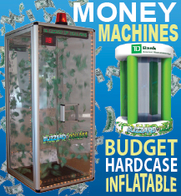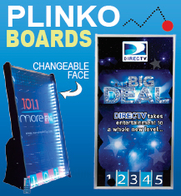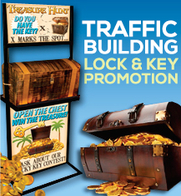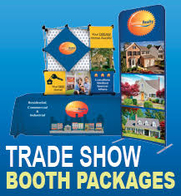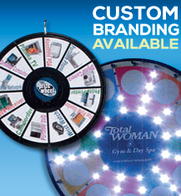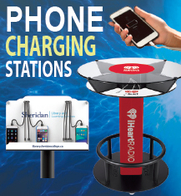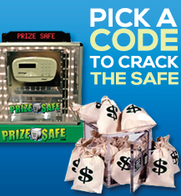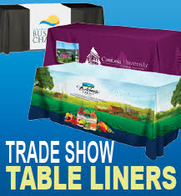As a marketing professional, you know that return on your investment is a crucial part of any strategy. Yet surprisingly few companies (less than 25%) actually use return on investment in presentations. Instead, trade show management professionals typically use leads generated instead.
However, lead generation alone is an unreliable method of measuring the effect from trade show equipment. There is much more to consider.
Understanding A Lead
The lead is the basic unit of trade show management. Yet just because you’ve got a particular person’s business card doesn’t mean that your trade show equipment has paid off and obtained an actual lead. Learning to recognize a lead and differentiate it from the other types of information that trade show management professionals get from companies is one of the key elements of successful measurement of return on investment. Knowing how many leads were generated enables more effective tracking of the trade show equipment performance.
Calculate The Real Cost Beyond Trade Show Equipment
Tradeshow attractions, equipment, and promotional giveaway items are just a small part of a particular exhibit’s cost. Consider how much you paid to rent the space, how expensive it was to ship, any costs incurred to set up the booth, any fees paid to staff for hotel rental and time, any pre-event promotion, and costs for direct sales. All of these factor into your investment. Yet many of them, for example promotions and actual trade show equipment, are actually costs that translate to a long period of time. They don’t simply occur once, like hotel fees or staff costs.
Find Your Return Per Lead And Evaluate It
A simple mathematical formula will now tell you just how much money you had to put in for every lead. Simply divide the total trade show management costs from the number of bona fide leads that were generated. Consider how much it would take to accomplish the same amount of lead generation in a setting without trade show equipment. Trade show management professionals always find this calculation tipping in the favor of booths and other trade show equipment. The lead generation from such a large scale event is always so overwhelming that it dwarfs other options.
Use Lead Tracking
After you determine return per lead, use one of the database programs available to trade show management professionals. These databases track actual leads on a per-lead basis. They contain detailed information about each lead, allowing you to show precisely how leads reacted after seeing your trade show equipment. Lead response to trade show equipment may be better over time, and tracking will allow you to demonstrate that.
Don’t Forget The Other Types Of Value
Although return on investment is the most important number to trade show management offices, remember that the event itself has more intrinsic value for your company. It is a public relations coup as well as an opportunity to interact with professionals from your own industry. All of these aspects added to a strong return on investment will ensure that your trade show equipment budget doesn’t just remain steady — it will actually grow.
Photo courtesy of cambodia4kidsorg. http://www.flickr.com/photos/cambodia4kidsorg/3290848259/
Jonathan Edelman provides helpful advice about trade show strategies. With years of experience in the trenches, he is an expert on booth displays, follow up techniques, and using trade show marketing strategies to boost revenue.









